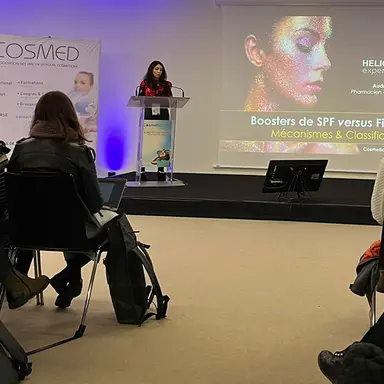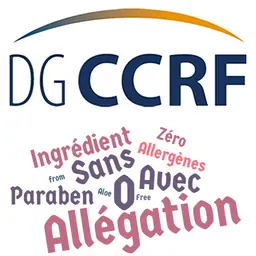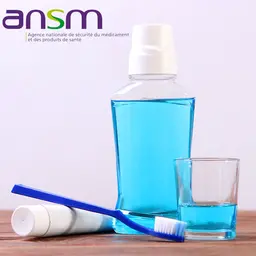
Why use boosters in sunscreen? And which ones to choose? During the Cosmetic Days organised by Cosmed at the beginning of December 2024, Audrey Le Bohec, from Helioscience, proposed a definition of these very special ingredients, as well as a classification based on their mechanisms of action.
The SPF, Sun Protection Factor, is a world-renowned parameter for evaluating and claiming the effectiveness of a photoprotection formula in terms of erythema. We often hear that it only concerns UVB, but in reality it also includes erythema-causing UVA, which accounts for around 16% of UVA.
To be able to give a product an SPF, formulators need to have UV filters, active ingredients that are defined in the regulations. According to the European Cosmetics Regulation, these are substances that are exclusively or mainly intended to protect the skin from certain ultraviolet rays by absorbing, reflecting or dispersing these rays.
Filters vs Boosters
In most countries that regulate sunscreen products, UV filters are included on a positive list by a regulatory authority after evaluation by a scientific committee. In Europe, this is the SCCS, and it is the European Commission that decides whether or not to include a filter in Annex VI of Regulation 1223/2009.
Boosters, on the other hand, have no regulatory definition. They are so-called ‘classic’ cosmetic ingredients, “excipients”, which can be used to increase SPF without necessarily being on a positive list. These ingredients are often multifunctional and act through a variety of mechanisms.
Audrey Le Bohec summarised …












